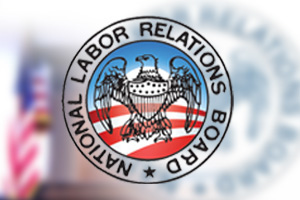We’ve seen in the news that the House recently approved a bill that requires federal agencies and recipients of government money to report their spending online:
“The bill, known as the Data Act, would require government agencies and recipients of federal money to use standardized methods to report their spending. The measure would also establish a Federal Accountability and Spending Transparency Board to collect and post all the information on a single website.”
Given Cause of Action’s work with FOIA requests that demand government transparency, we’re curious to see what happens with the bill. In the meantime, we will continue our efforts to expose federal spending through numerous FOIA requests and investigations.
For example, CoA filed FOIA requests with 32 government agency offices that sought investigation into how each agency used tax dollars to purchase commemorative items for its employees. If money is being spent on trinkets that hold no worth for taxpayers, we want to find out. CoA investigated how grant money was possibly being used by state health organizations to lobby officials. This is an illegal use of tax-payer dollars to sway votes and pass legislation, so we asked the DOJ to investigate.
Cause of Action is staying on top of the transparency issues. Check back soon to see what else we’ve found.
